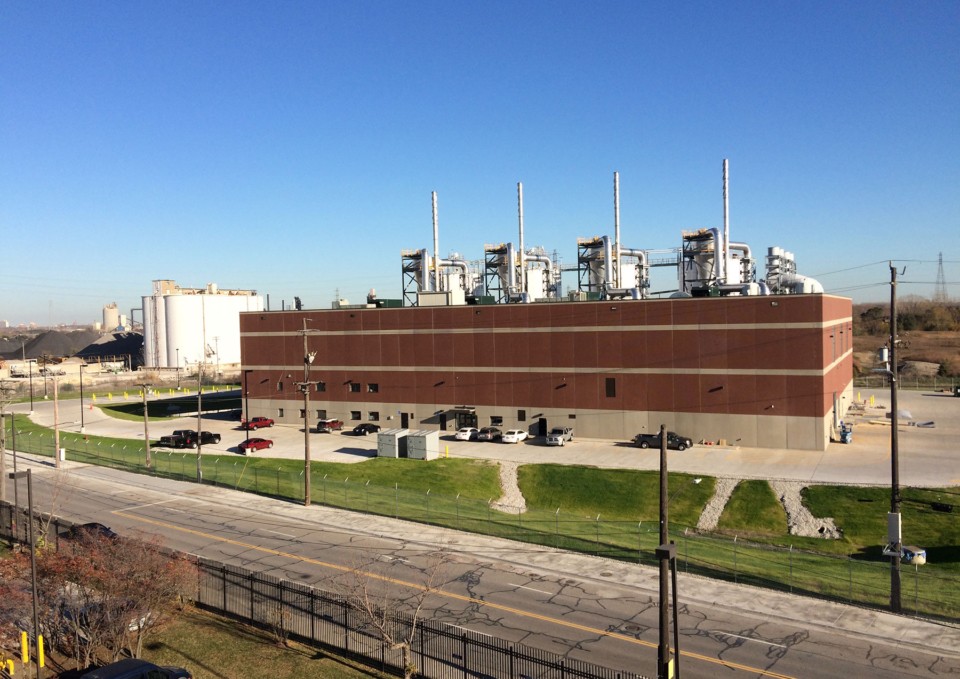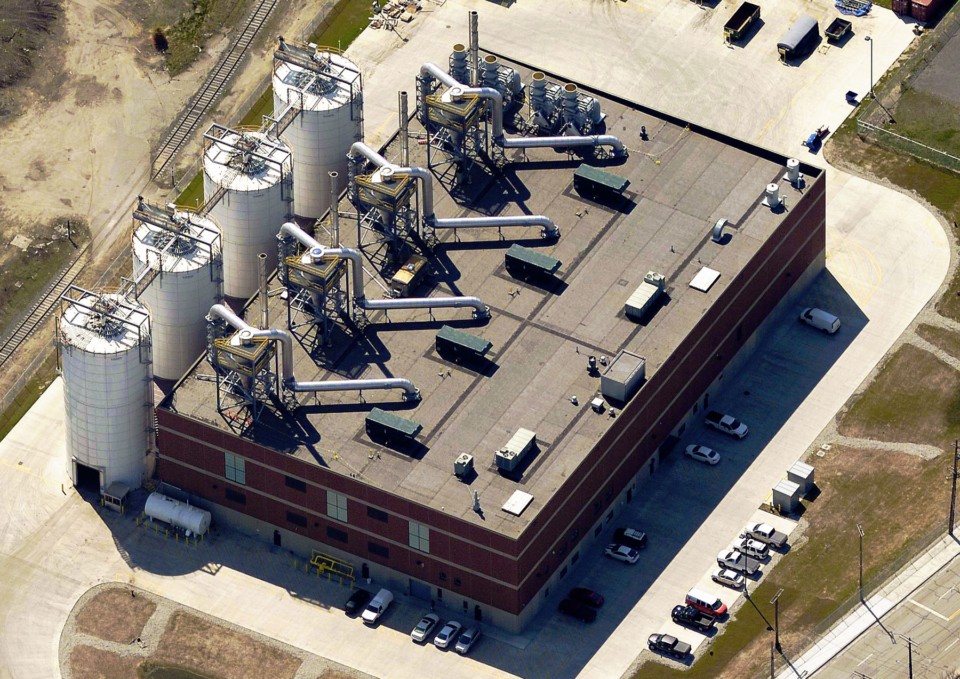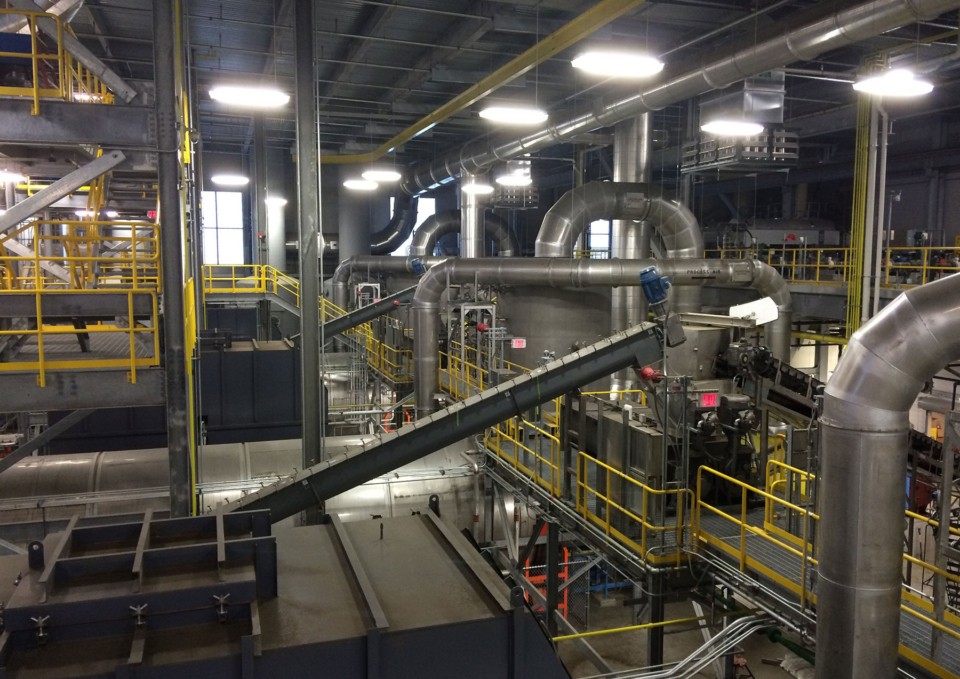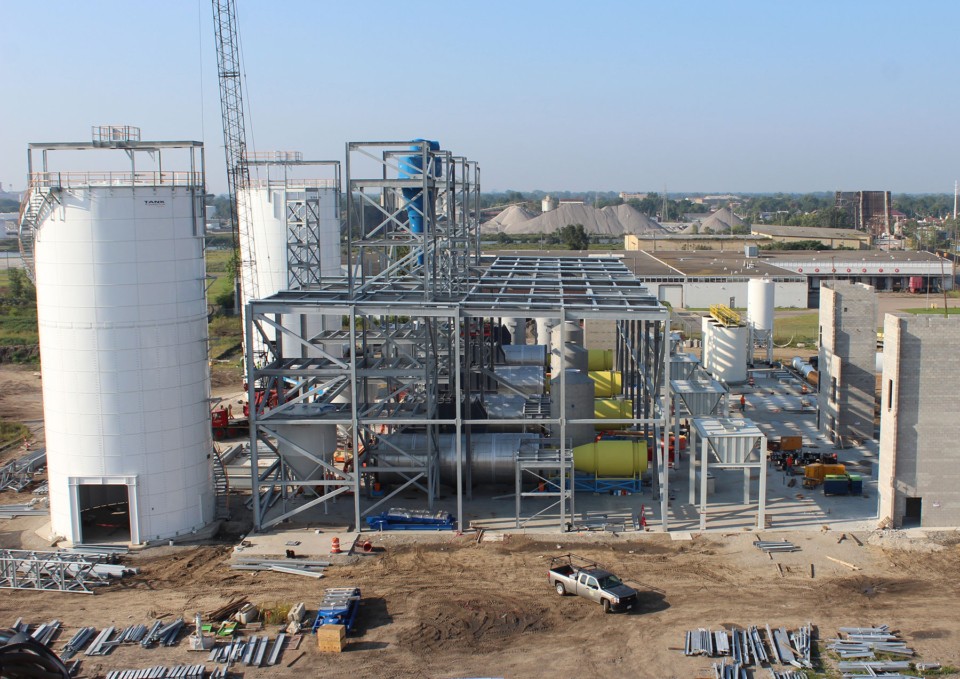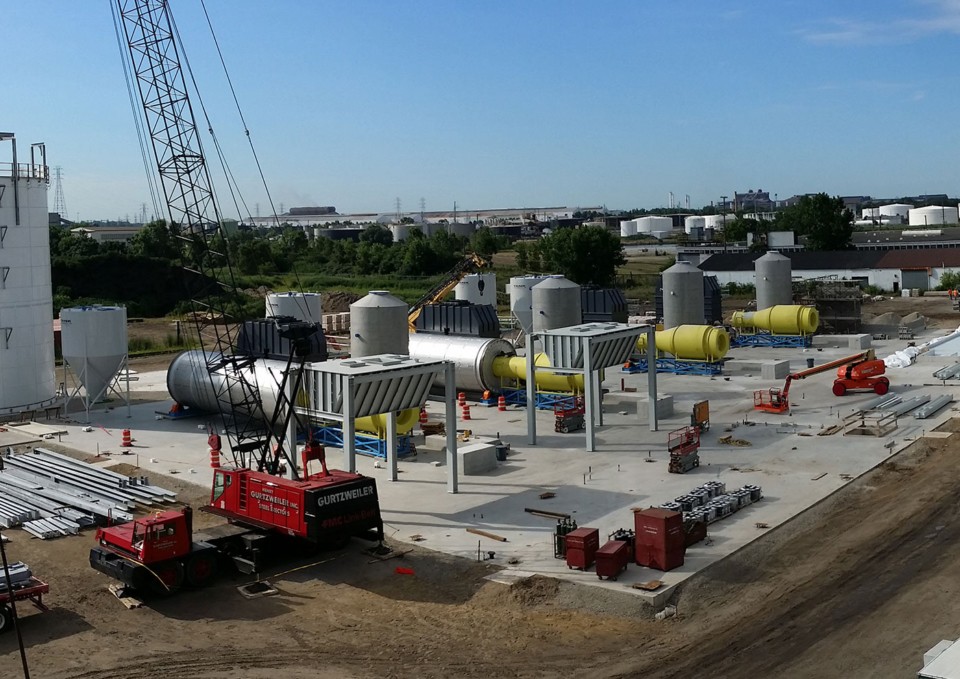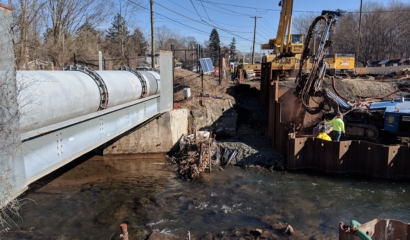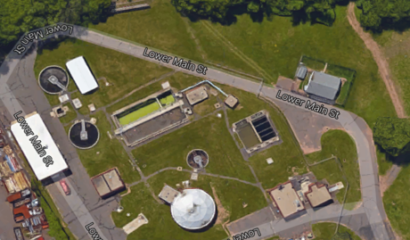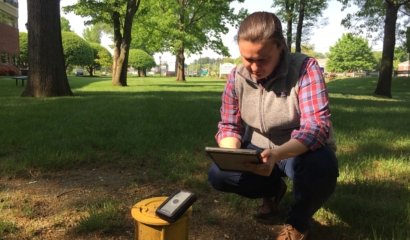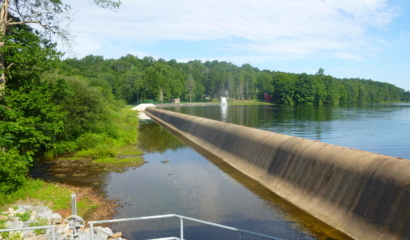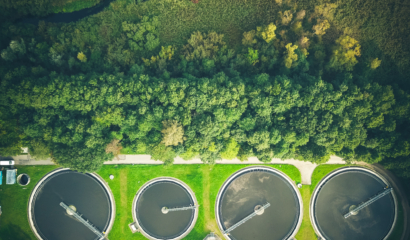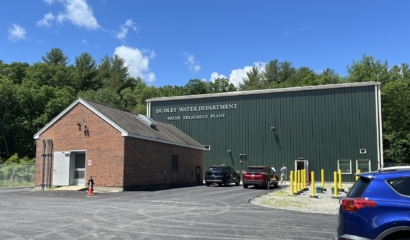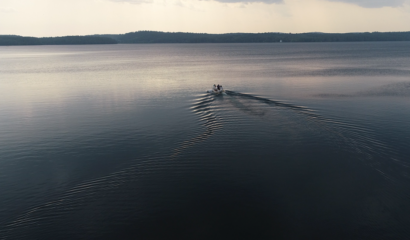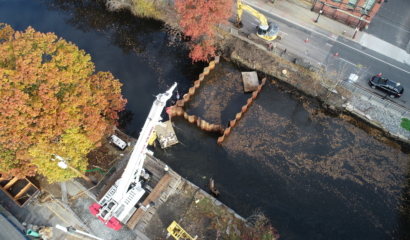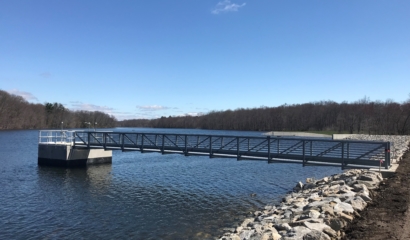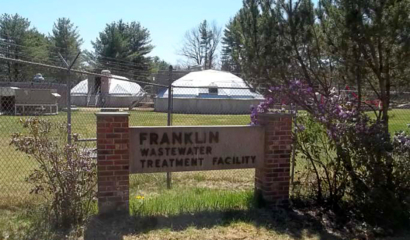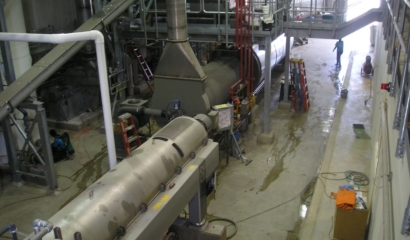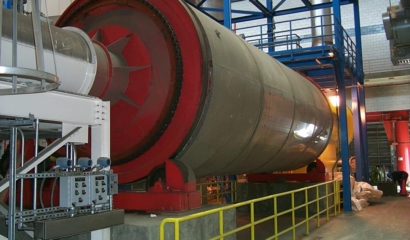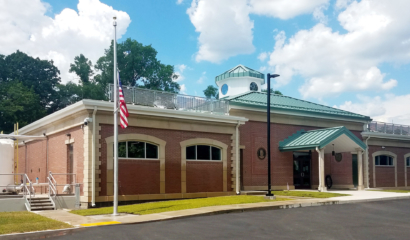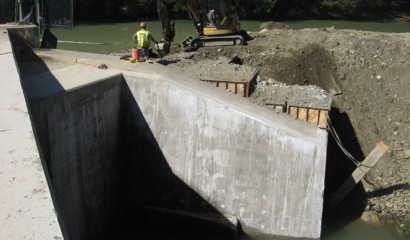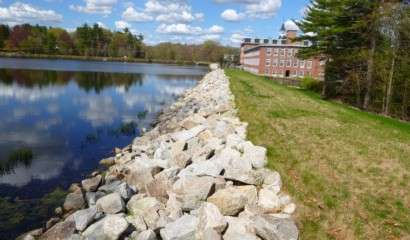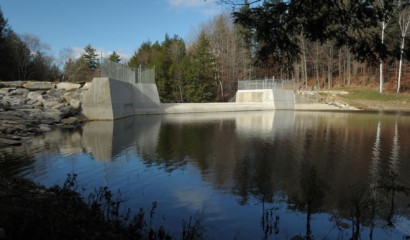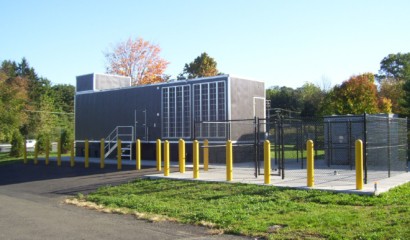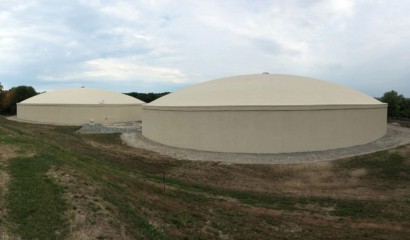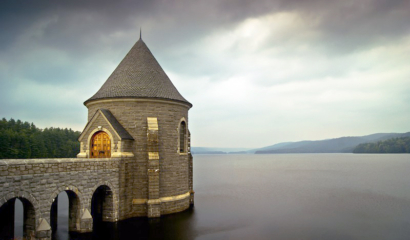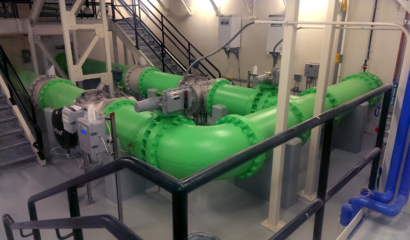Converting Waste to Fertilizer Pellets
Renewable resources come in many forms; in this case, fertilizer pellets. Biosolids drying to create commercial-grade fertilizer from wastewater sludge (also known as sludge pelletizing) has been a niche component of our work for years.
However, this fast track $140 million project is a cut above the rest – both in stature and size. The Biosolids Dryer Facility serving the Detroit area, and surrounding communities, is the largest facility of its kind in North America. The facility converts liquid wastewater sludge into a pelletized biosolids product, which is beneficially reused as sustainable fertilizer throughout the Midwest.
Drying Capacity
This facility, which is approximately the size of a football field (270 by 175 feet), has the capacity to process 420 dry tons of biosolids product per day.
Each of the four dryer “trains” consists of two centrifuges, a rotary drum dryer, cyclone separator, screener, crusher, pellet cooler, conveying equipment, and air emission controls. The drying process is housed in a 47,000 square foot, 55-foot tall building consisting of a pile-supported foundation, structural steel frame, and precast concrete wall panels.
Fast Track Success & 3-D Design
New air emissions standards that impacted the viability of the client’s sludge incinerators drove our aggressive schedule, requiring construction activities to proceed while the design was ongoing. The entire project – including design, permitting, construction, and start-up – was completed in just 30 months, and four months ahead of schedule.
The design/build project delivery allowed for completion approximately 40% faster than a standard design/bid/build method.
The extensive use of 3-D design helped drive the aggressive schedule and allowed stakeholders to better visualize this complex facility. This resulted in reducing review times, avoiding conflicts, and improving coordination during construction. To drive interaction during design, Tighe & Bond pulled the 3-D design model into a videogame software engine. This allowed the stakeholders to literally “walk” through the facility using an X-Box controller.
What ensued was an engaging and understandable armchair tour, helping stakeholders to visualize this complex 3-D facility in a very personal way.
Sustainable, Environmentally Friendly
Prior to this project, sludge in Detroit was incinerated, destroying a valuable resource and generating significant air pollution. Now, the pelletized product is beneficially reused as a sustainable fertilizer throughout the region. The product is marketed as a less expensive substitute to chemical fertilizers.
The organic, nutrient-rich material contributes to a more productive soil for farming and stimulated plant growth. Another use for this product is as a renewable fuel source at power plants and cement kilns.
Improved Aesthetics & Economic Growth
The facility, constructed on a former industrial site, has greatly improved neighborhood aesthetics and benefitted the local economy with the creation of jobs during construction and ongoing operations.
The facility was designed with large translucent panels bringing natural light into the building interior, resulting in significant energy savings and a more comfortable work environment. Finally, the Biosolids Drying Facility was the most cost-effective solution for Detroit and is a strong contributor to the City of Detroit’s rebirth.
Services Snapshot
Our services included solids handling process engineering, building systems engineering, structural engineering, electrical engineering, ARC Flash Studies, and odor control.


